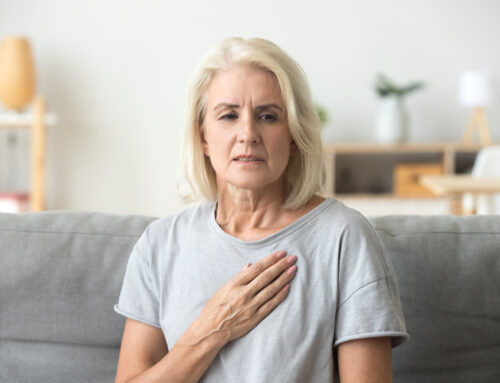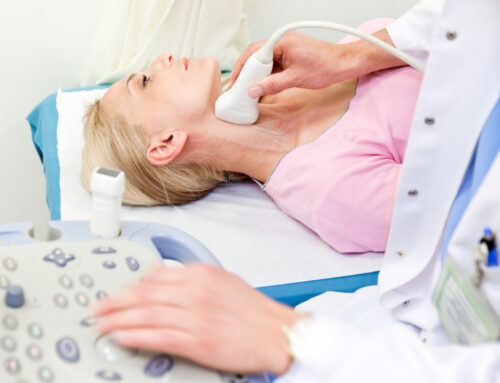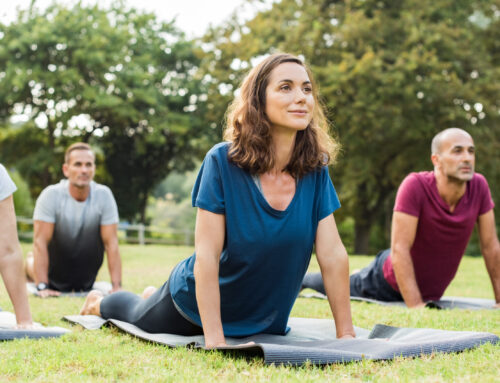Everyone knows that exercise helps your muscles grow and promotes good physical health. But did you know that exercise is good for the veins as well? Below we’ve compiled a great list of exercises that can help support healthy veins.
The 5 Best Exercises For Varicose Veins
Although it won’t get rid of existing vein problems, regular exercise can help improve blood circulation and maintain a healthy weight. There are many low-impact exercises that can get your blood pumping. Even better, however, is choosing a fun exercise that you can go back to regularly.
1. Walking
An oldie but a goodie, walking is as good of a place to start as any. Although it won’t burn tons of calories all at once, it can have a good impact on your health over time. The general rule of thumb is to try to get at least 10,000 steps a day in.
Not only is walking a low-impact exercise, but it can also be a very enjoyable activity. Try taking a walk around your neighborhood or walking through the park a few times a week. Combined, the fresh air and exercise can help reduce some of the discomforts that come with varicose veins.
Walking is also a great lower extremity exercise that helps blood move from the legs and back to the heart. One study found that regular daily lower limb exercise can help reduce varicose veins caused by pregnancy (Mallah et al., 2021).
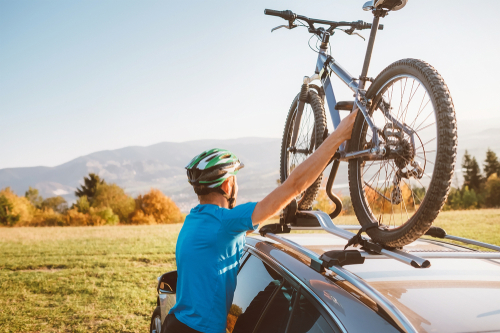
2. Bicycling
Bicycling can be a great alternative to running. You can be outdoors and enjoy the wind in your hair without the extra impact on your limbs. It also offers some variety since it can be performed in many different locations. If you don’t like being stuck in a gym while you exercise, this might be for you.
According to Harvard University, even a leisurely bicycle ride can burn 200+ calories per 30 minutes of exercise.
3. Yoga
Although a relatively new fad, yoga has caught on fairly well over the last few years. For good reason too. Unlike some other things on this list, yoga can be done from the comfort of your very own home. All you need is a yoga mat and some video tutorials.
Since most yoga poses require little jumping or running, it’s very low-impact. Just remember, take it slow, and try to start off with an instructor to lead you.
4. Swimming
Arguably one of the most enjoyable workouts for most people, swimming is a great option for all ages. Not only does the water keep it very low-impact, but it also burns a lot of calories.
One study found that aquatic exercise helped improve symptoms of pain from varicose veins as well as participants’ overall quality of life.
5. Pilates
Similar to yoga, pilates has recently become a fan favorite for people pursuing low-impact exercise. Not only does pilates allow you to break a sweat, but it can also be a bit more approachable. If you’ve ever taken a beginner’s pilates class, you’ll find that many of the movements are similar to other low-impact exercises that you may have encountered before. Some pilates classes also incorporate a bit of stretching, making it more enjoyable overall.
Why Does Exercise Help With Venous Insufficiency?
Venous insufficiency is a venous disease that occurs when the valves in your veins don’t function as they should. The main job of valves is to push blood throughout the vein, helping it circulate back up to the heart. When veins stop performing this function, blood stagnates and starts pooling in the legs. This can cause swelling in the leg, as well as changes in the color of the skin on the affected leg.
Varicose Veins And Exercise
Although varicose veins and venous insufficiency are sometimes used interchangeably, they are not exactly the same thing. Varicose veins can be one of the symptoms of chronic venous insufficiency (CVI). More specifically varicose veins are large, twisted veins that pop out. They are most commonly found on your legs and are the result of valves failing to push blood back up the heart.
When you exercise regularly, your body has to spend more time pumping blood through your veins. So, if you have any areas where blood is pooling, exercise can help get that blood pumped back to your heart.
Spider Veins And Exercise
Spider veins are a less extreme form of varicose veins. Spider veins are small and thin, often fanning out in a web-like appearance. They are typically painless and are largely considered a cosmetic nuisance.
Exercise can significantly help improve your overall circulation. And the tiny veins that become spider veins might not be directly related to exercise, but they can still benefit from better overall circulation.
Frequently Asked Questions
We hope that this article helped answer some of your questions regarding exercise and vein health. Just in case, however, we’ve included this short FAQ below.
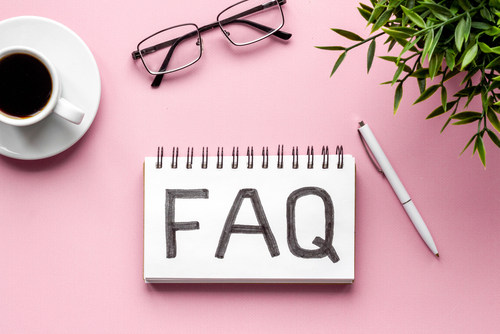
Can Varicose Veins Disappear With Exercise?
No, exercise won’t permanently cure varicose veins. It can improve symptoms and help reduce your chances of developing more, however. The only real treatment for varicose veins is through medical intervention.
When To Worry About Varicose Veins?
Varicose veins are generally not dangerous. They are typically seen as more of an aesthetic issue and present few physical problems. You should always have your legs checked out by a medical professional to rule out anything serious, however. On rare occasions, varicose veins can hide an underlying condition or vein concern. If you notice sudden pain, swelling, or other strange symptoms, consult with a doctor as soon as you can.
Underlying conditions aside, however, you can always seek out treatment for varicose veins. If the discomfort in your legs is affecting the quality of your life, get your FREE vein screening at VeinSolutions™. We have two convenient locations in Flint and Lapeer, Michigan.
Are Varicose Veins Painful?
Varicose veins are typically not painful, although they can be accompanied by occasional discomfort. Some aching, itching, or feelings of heaviness in the legs is common. If, however, you feel very sharp pain or other concerning symptoms, see a doctor as soon as possible.
What Do Varicose Veins Look Like?
Varicose veins typically appear as enlarged, twisted, and bulging veins. They can also be purplish-blue in color. Varicose veins can appear all over the body but are most commonly found in the legs.
They can be distinguished from spider veins by the size and shape of the vein. Unlike varicose veins, spider veins are small and thin in appearance. They’ll most often be close to the surface of the skin and spread out in a web-like pattern.
How Are Varicose Veins Removed?
Sclerotherapy, microphlebectomy, and venous ablation are all common treatment options for varicose veins. They’re minimally invasive procedures, with little to no recovery time required.
During a session of sclerotherapy, a vein specialist injects a solution into your damaged veins. The solution irritates the lining of the vein walls, causing them to seal up. Over time, the damaged veins dissolve and absorb back into the body. Venous ablation is a very similar procedure, except that it uses radio frequency (R.F.) energy instead of a liquid solution.
Microphlebectomy does differ from the other two procedures, however. During this treatment, a doctor removes the damaged vein.
Fortunately, our bodies are very adaptive. When a vein is removed, blood simply reroutes to a healthy vein.
Are Varicose Veins Genetic?
Varicose veins are not caused by any single thing but by a handful of risk factors. Unfortunately, genetics is one of these. For example, a family history of varicose veins can increase your risk of developing the same condition. Gender can also play a part. Women tend to be significantly more likely to develop spider and varicose veins.
How To Ease Painful Varicose Veins?
Consult with a vein specialist regarding your symptoms. Your doctor can recommend a course of action for your vein concerns. Regarding self-care, compression stockings, regular exercise, and elevating the legs can be very helpful.
Varicose veins do not go away on their own, however. If your veins are causing you significant discomfort, a minimally invasive option might be recommended by your doctor.
Flint Vein Solutions
Our vein clinic is proud to be a cornerstone of the medical community here in Michigan. We strive to make each client feel special and cared for. Not only that, but we also offer cutting-edge treatment options. VeinSolutions™ offers services such as sclerotherapy, microphlebectomy, and venous ablation. These minimally-invasive procedures are fast and require little to no recovery time.
Are you concerned about your veins? Don’t hesitate to reach out to us here at VeinSolutions™. We offer FREE screenings.
Call or fill out our online form today to begin your journey to healthier veins.
Additional Sources
- Mallah, Fatemeh, Mina Zeinalzadeh, and Dara Alvandfar. “Six weeks of lower limb exercise on pain, quality of life and muscle fatigue in women with gestational varicose veins.” The Iranian Journal of Obstetrics, Gynecology and Infertility 24.9 (2021): 10-15.
Request A Consultation
Give Us A Call:
(810) 232-3363
Give Us A Call:
(810) 232-3363
